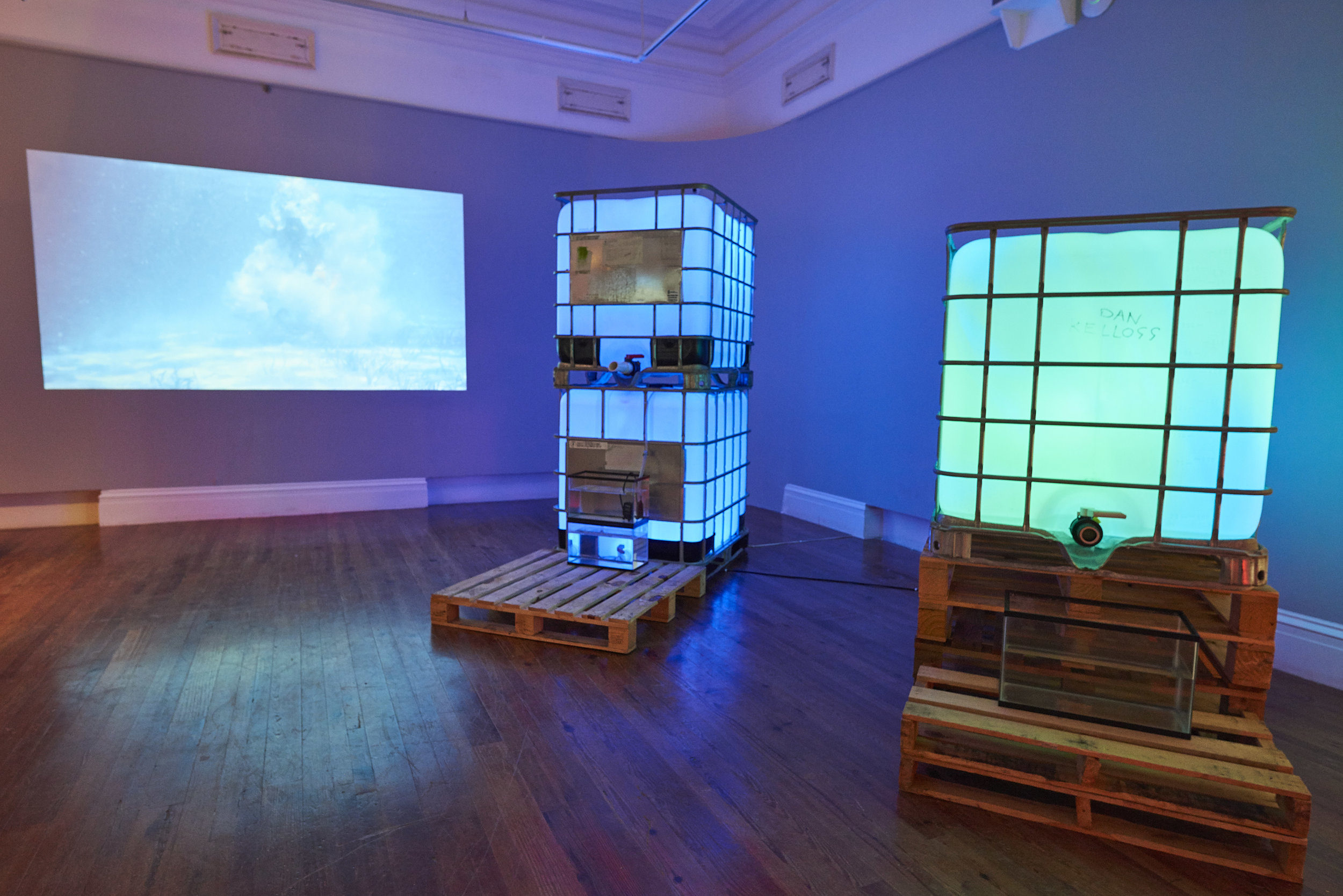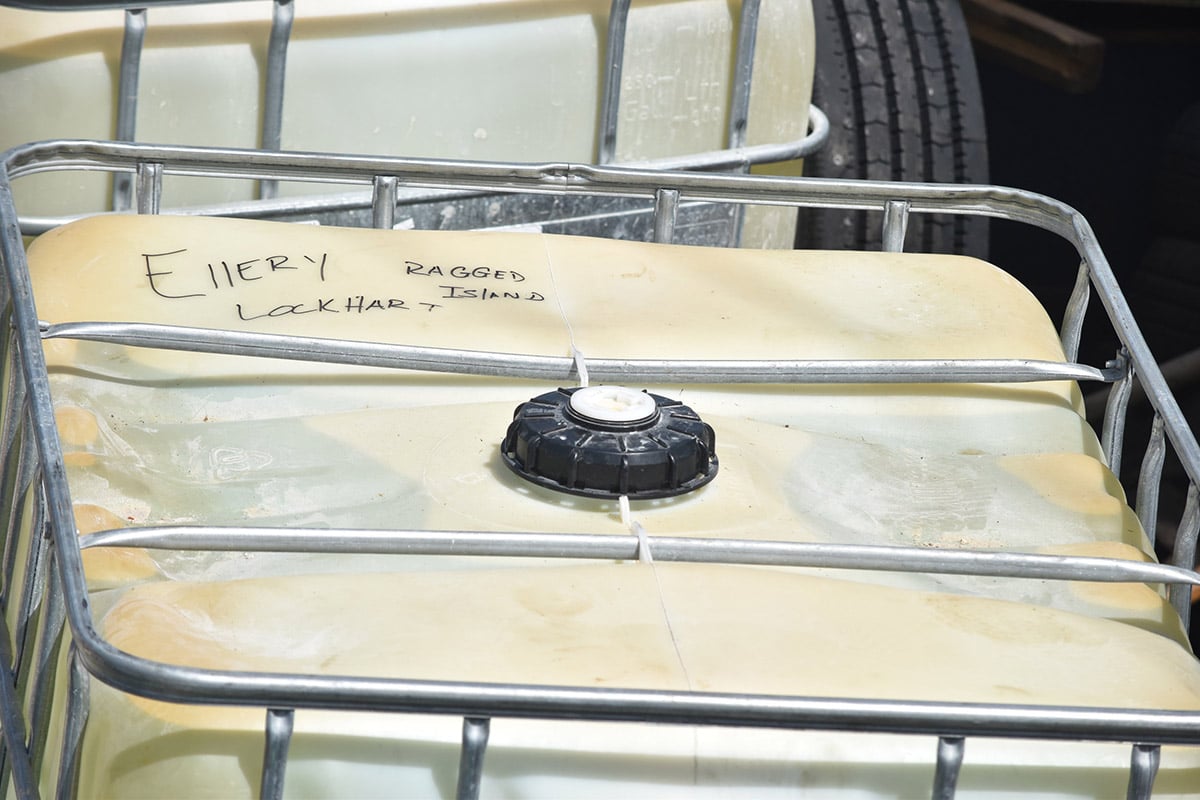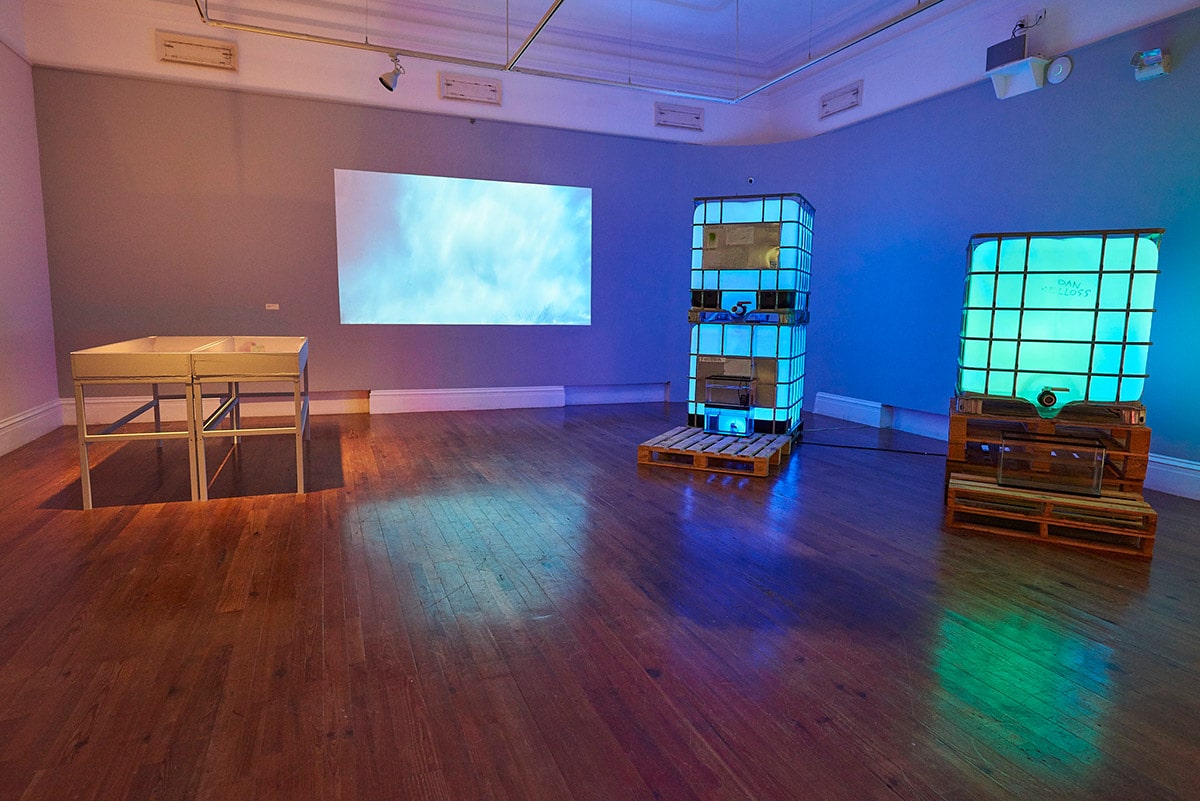
By Dr Ian Bethell-Bennett
The University of The Bahamas
Culture is the art of living in a place that speaks of experiences, adaptation and resilience. Culture is the unique expression of spatial and temporal identity or vice versa where a people perform life based on their history and geography. As people are increasingly marginalised through the expansion of capitalist desire into the tropics, the art of living there shifts from a national or an indigenous-peoples-based art to art of magazines and design. How do these things meet so that peoples and their cultures can thrive alongside gated out-sourced post-nationalist communities?
Silence is deadly and deadening. So much of our lives are spent in silence as we wrap our stories, fears, pains and losses into the folds of our minds, our skins grow over the scars of remembrances of past hurts and the gaping wounds of exploitation. Trauma has no physical scar; it shows no bump on the skin where the parent, grandparent, great-grandparent with whom one share their DNA got slashed, raped, shamed into inhumanity, so prevalent in this space of slavery and colonial legacy.
Uncharted, the waters of our souls rise, flow over lands once high as climate change reveals a deep fear of water, swallowing us as we survived the first passage. The dark waters flow over souls washed down with a deep tug into the caverns of the submerged worlds, the rhizome, linking me to my past, me to my present, me to my future, me to a geography carved/scorched into separate and segregated spaces, not to speak, though connection is submarine.

Water transport on the MV Captain C to Ragged Island. Image courtesy of Ethan Knowles.
The Crooked Island Passage, a cut between Exuma and Ragged Island holds souls who tell stories as we cross over their watery resting places. This space links Haiti, Cuba and The Bahamas. A history of enslavement and exploitative labour, salt raking and remappings where the Turks and Caicos are cleaved from Bahama Islands. Haiti separated by politics of exclusion inherited from fearful ancestors of Europe. These same cultural patterns have been mapped into Bahamian cultural fabric and identity.
Nationalism builds out its fortress long and far into a sea of Sargasso, strangling other realities and stories of identity before, not accustomed to restraints, now shrouded in the wreckage as time ravages the memories of our ancestors.
Bones are washed away, bruised and broken but not destroyed. With them go memories never to be expunged but always, consistently, genuinely threatened by forgetting. These waters, seas, oceans, passages of profound and tumultuous loss, gape as we pass up and down, no fixity in watery graves. No shackles save the historical ones applied to all black people who dared to be human, who dared to be.
One can walk through Long Cay, one of the early ports of mercantilism in the Southern Bahamas, similar to Ragged Island, Long Cay has a rich history, but it has been slowly written over. Daniel McKinnon is a Tour Through The British West Indies (1804) enlightens us on many aspects of the Bahama Islands, and indeed on the relations between the latter and the West Indies from which we choose to separate ourselves, though we are systemically, culturally and geographically united by trends and customs.
The view of the tropics and the art of living here is rife with contradiction. Politics dictate that we not talk about race or see colour and that we should “get over past exploitation” and pain. In art and the material manifestation of culture, colour is an essential element with which we coexist. The travesty of displacement in cultural articulations of history is that we seem to be allowing far too many voices to be silenced, which hinges on where those voices reside.
Max Taylor’s incredible wood carving speaks so loudly about a class struggle that we have eclipsed by our prosperity prophesying and our elision of difference and voice. The works of the quiet revolution, have sadly come to be read as silencing the struggle for the real national empowerment of people and nation, not just state. It also has allowed for people to be corralled into groups that break down space and disorientate community discussions. The culture and significance of Emancipation have been eroded by a deculturation of practices around this celebration as well as the disavowal of its national, regional and international impact.

Install shot of Double Dutch “Hot Water” on view at the NAGB through October 21st. Image courtesy of Dante Carrer.
The art of living in the tropics is traumatic if we try to connect the Northern and Southern islands of The Bahamas because there is little connectivity. It costs far too much for most Bahamians to travel from the south to the north, and it is far too complicated. The country that claims to be an archipelagic nation seems utterly fragmented as the national flag carrier underperforms in most of its service areas. These people who inhabit those missed spaces are as Bahamian as those who reside in the capital though their voices are seldom heard or registered on an official document. They suffer to remain as they wait for goods to arrive, wait for medical service, wait for educational service, wait for water, and wait to be heard and listened to.
The art of living in the tropics is traumatic, a trauma ignored is a trauma deepened and built on. Much like Jodi Minnis’ painting in the new Permanent Exhibition “Hard Mouth: From the Tongue of the Ocean” That Ain’t No Mosquito Bite II (2016) is an experience articulated from a woman’s perspective will never be the same as that same experience as articulated by a man. We are expected to see no differences between ethnic groups although these be glaring and lived in experience, and each island culture is equally under threat of erasure through spatial and economic tropicalisation and remapping.
As emancipation recedes into the dusty corners of old people’s minds, we must be very intentional in creating a language that is inclusive of all Bahamians, and not flattening history into a lyrical ballad that denies segregation, the history of exploitation, as much as the gradual and subtle erasure of Bahamian-owned land in particular areas that were initially seen as acceptable for Black people to inhabit, but may now be seen as far too valuable for these people.
The culture of connectivity in Bahamian living is quickly shifting. As the semiotics of “Hot Water”–the seventh iteration of Double Dutch “Hot Water” currently on view at the National Art Gallery of The Bahamas through Sunday, October 21st– asks, how are we connected when it takes three days to get from one island to the next by affordable means? How do we move goods quickly, affordably and sustainably around the archipelago? How do we continue to inhabit a space that seems to erase small communities and their needs?